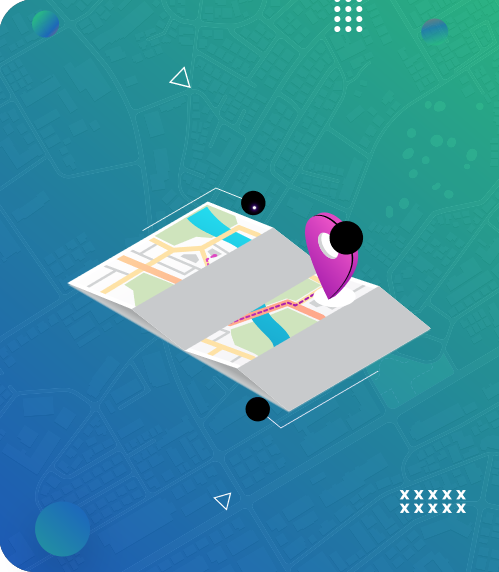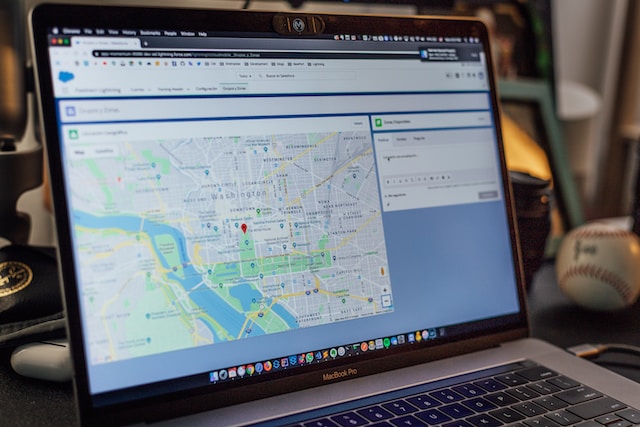What is open data? This is any information online that you can use freely for your own purposes. Open data comes in different formats which are identifiable by their individual extensions, such as TXT, DOC, DOCX, and PDF extensions for document file formats; XLS and XLSX extensions for worksheet file formats; and JPEG, PNG, GIF, and PDF for image file formats.
With Mapize’s smart tools, you can use and manipulate any open data to unlock unique and powerful insights that you can use to suit your needs, whether they’re for your website, blog, or social media page.
For this easy open-data mapping how-to guide, we’ll be using open data derived from Wikipedia that lists the tallest buildings in the world. We will walk you through the steps of mapping and visualizing any data set you can freely access and use online.
How To Map Open Data Using Mapize
Here are the basic steps:
- You’ll copy the data from Wikipedia and paste it into a spreadsheet.
- The link to the Wikipedia data is here: https://en.wikipedia.org/wiki/List_of_tallest_buildings
- Simply highlight and copy the data in the table. Go to your spreadsheet and paste the data as text into it. Pasting as text removes unnecessary hyperlinks and formats. Save your spreadsheet.
- And then you’ll have to clean up your data. This means removing anything you don’t need to ensure that your map will only show what’s relevant to your purposes.
The first row of your data should contain your headings – these will be used by Mapize when creating your map meta-data.
Next, delete all the reference numbers in brackets, e.g. [4], [3], [13], etc. You don’t have to delete them one by one.
- Type this keyboard shortcut: Ctrl + H
- Type [*] in the “Find what” field; leave the “Replace with” field blank. The “*” denotes the match you want to find within the brackets.
- Click on “Find Next.”
- Click on “Replace” for each data match that needs to be removed.
When you’re done removing the reference numbers, you can rearrange your data columns the way you want them to appear on your map.
The next step is creating your map.
- Select all the data in your spreadsheet and copy.
- Open the Mapize homepage.
- Paste the copied data into Mapize’s location data box. (Note: You don’t have to register to use our geocoding and mapping tools for data that is less than 250 lines.)
- To ensure that the right values are in the right columns and to make other changes, use the “Validation and Set Options” button located below the location data box. For example, change the region section to “International” because your data set shows the tallest buildings worldwide.
- Click “Make Map.” This will initiate the geocoding process. And then you’ll be shown a preview of your map.
- Click “Save & Continue.”
- You’ll be prompted to enter a map title and your email address so we can send you a direct link to your map, which you can access any time if you need to update it. You also have the option to make your map public or private. Note that for some sharing options, such as embedding, your map will have to be set to “public.”
- Now you’re ready to share your map. You can use the same link sent to your inbox to share your map with others. Or you can use the HTML snippet code, also included in your Mapize email, to embed the map on your website.
And that’s all there is to it! You’re done creating an interactive map using open data! Go ahead and search the world wide web for open data relevant to your interests or purposes and start generating your own interactive map via Mapize!
Finding Other Open Data On The Web
Now that you’ve seen how easy it is to visualize and generate some cool analytics for an open data, from which valuable insights can be gotten, it’s high time you go hunting for more open data and see what you can do with it.







